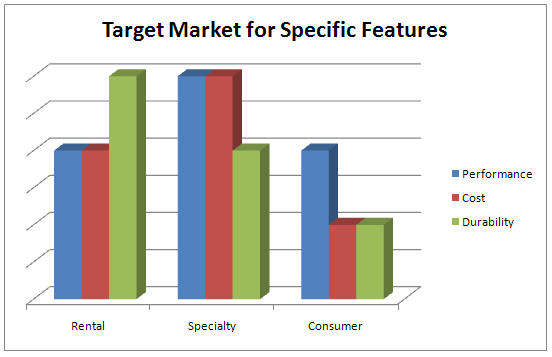Ski boot walking attachment redesign
From DDL Wiki
Acting upon the recommendations set forth in the previous report concerning problems related to walking in ski boots, this report presents further analysis of consumer needs as well as potential solutions. Skiers report near-universal annoyance at having to walk in their boots; some cited safety concerns. Most were satisfied with the trade-offs of carrying an attachment such as the WalkEZ if a significant stride benefit is to be had. The recommended solution is a boot attachment which employs translational and rotational freedoms to simulate normal foot movement despite a boot-locked ankle.
Contents |
Extended Summary
Market Research
Survey
Existing Solutions
Products
Hacks
Initial Concepts
Introduction
When we began thinking of ideas to help make walking in ski boots a little bit more comfortable, we weren't sure exactly were improvements needed to be made. We considered making new types of ski boots, propulsion systems for the ski boots, attachments to make the motion more natural, and even creating a new transportation system on the ski slopes themselves.
Ultimately, we arrived at the conclusions that new boots might be a little too expensive and inconvenient for the average skier to buy, that a propulsion system would be too dangerous and difficult to make entirely feasible, and new transportation networks on the ski slopes is too large-scale a project for this class. In the end, an attachment seemed to be the most logical solution. We judged our ideas with the following criteria:
- Size/Weight - If the attachment is too large to fit comfortably in a small bag or in a pocket, then a majority of the target market would probably find it more annoying than helpful. Additionally, it needs to be lightweight since our market research indicates that a majority of skiers do not want to carry around a heavy set of walking attachments. Compact, minimal design is necessary for our product.
- Durability - If the product breaks after only a few uses, it will upset the customer and probably lead to minimal use and low customer goodwill.
- Intuitive Design - The product needs to be easy-to-use so that a potential customer can glance at it and immediately understand how they'll be using it. If it's operation procedures aren't immediately apparent, it may scare away potential customers because it appears too complicated.
- Effectiveness - If the product doesn't work very well, no one will want to buy it and it will meet the same fate as the essentially useless Walk-EZ attachment.
- Universal - We need a product that can be used by all people with all different boot sizes. If we exclude any market segment, not only do we lose their business, we also lose the business of people associated with those that we alienate. In addition, the attachment ideally would be able to fit on all existing boots.
- Cost - The cost is another huge issue because many skiers don't find walking in ski boots to be too big a problem and they'll simply deal with it. If our product is cheap enough, we can reach even the market that doesn't believe in the necessity of the product.
Track
Spring-Damper
Hinged Boot
Comparison with Existing Solutions
Pugh Chart - Initial
Target Market
The end characteristics of the solution may 'assign' it to one or more ideal categories. The direct purchasers of the device can be grouped into serious skiers, casual skiers, and equipment rental companies. The tradeoffs and corresponding market segments are as follows:
Serious Skiers
Market research indicates that serious skiers are less concerned about cost than performance, and that the frequency with which they ski is relatively high. Their ideal product is:
- High performance
- Decently durable
Casual Skiers
Casual skiers, on the other hand, are cost-conscious above all else. They do not ski enough to require the highest durability and, with the right marketing and product reputation, are likely to employ any significant improvement. Their ideal product is:
- Low cost
- Good performance
Equipment Rental Companies
Rental companies rent to both casual and semi-serious skiers, and use high usage to defray the cost of equipment. Thus, an incredibly durable product would be viable for a rental company despite a high price. Accessories such as helmets and even clothing are common rentals alongside skis and boots, so it is not unreasonable to recommend a stride-improvement accessory as a good rental opportunity.
- Very durable
- Good performance


